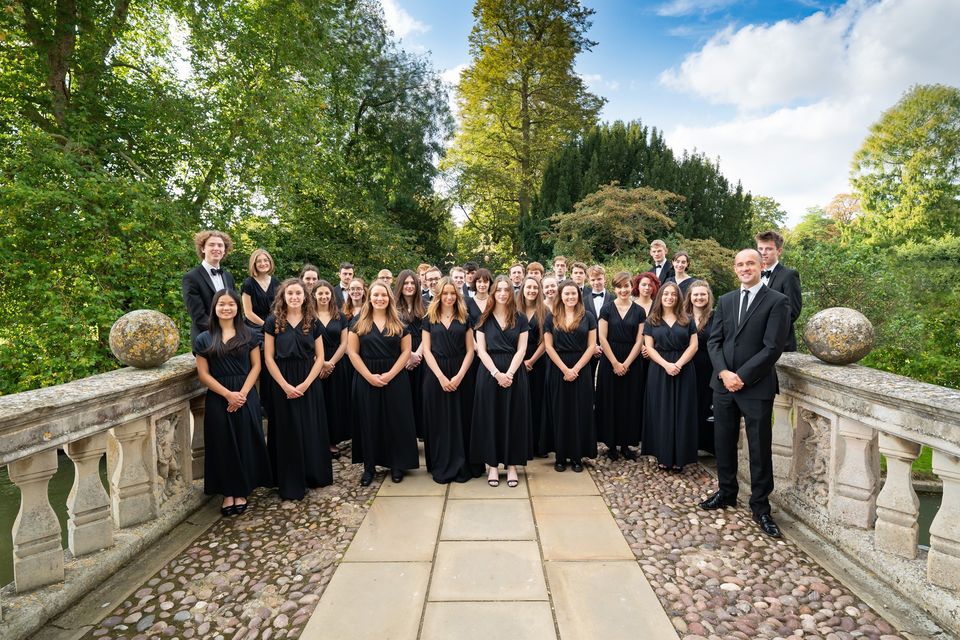Claudio Monteverdi’s “Vespro della Beata Vergine” that sets the high point in early Baroque sacred music. It is a collection of liturgical pieces — psalms, hymns, and motets — all set to Latin texts.
Monteverdi employs a variety of musical forms and textures, from expansive polychoral settings that exploit the spatial possibilities of the church interior, to intimate solo passages and intricate instrumental ritornellos. The Vespers also integrate elements of secular music, such as dance rhythms and dramatic vocal lines, highlighting Monteverdi’s innovative approach to sacred composition.
Notable sections include the “Dixit Dominus,” with its choral and instrumental interplay, and the “Magnificat,” which concludes the Vespers with a triumphant affirmation of faith.
Monteverdi’s Vespers are celebrated for their emotional depth, technical brilliance, and their role in bridging the Renaissance and Baroque musical eras.
History of Western Civilization Told Through the Acoustics of its Worship Spaces









